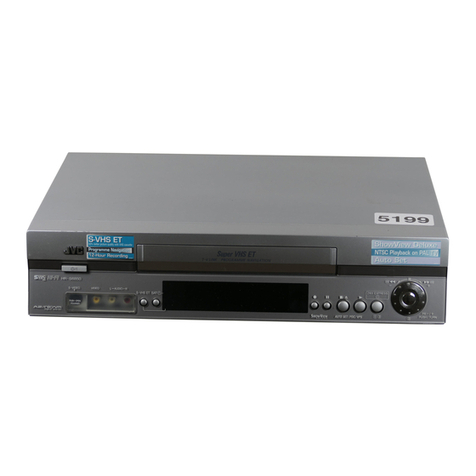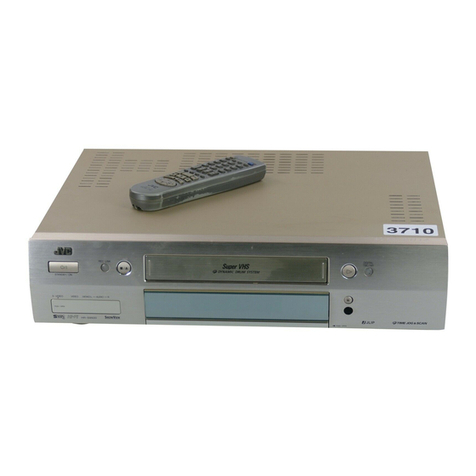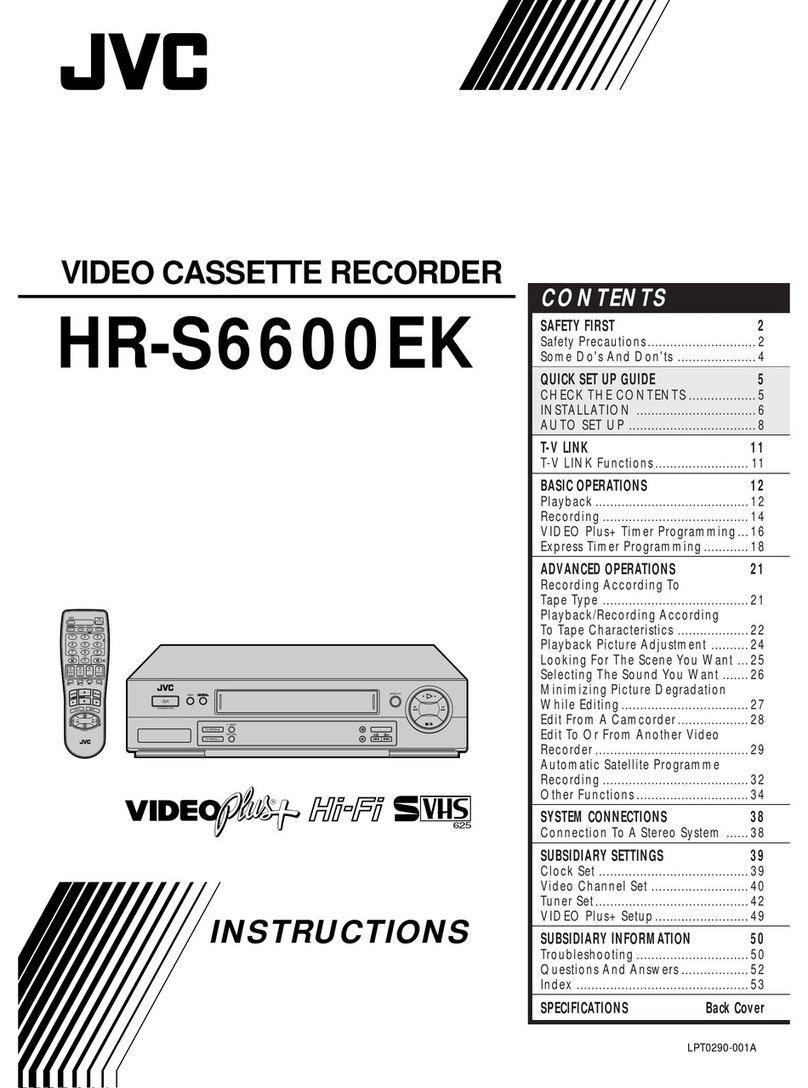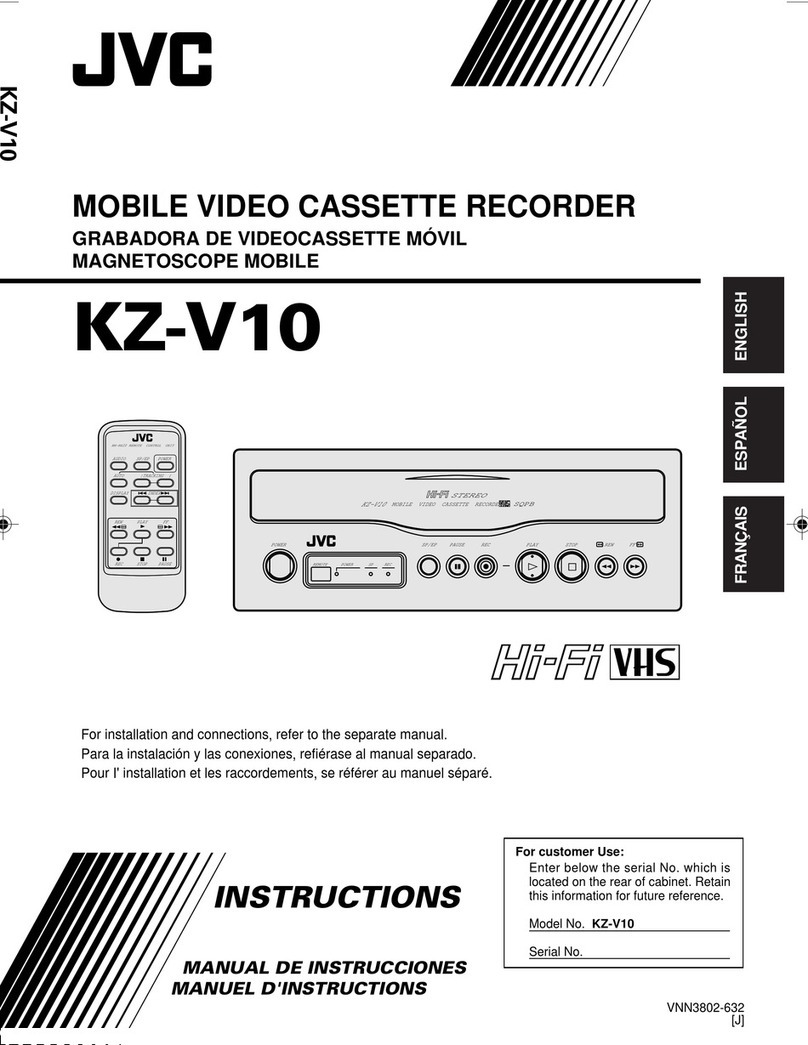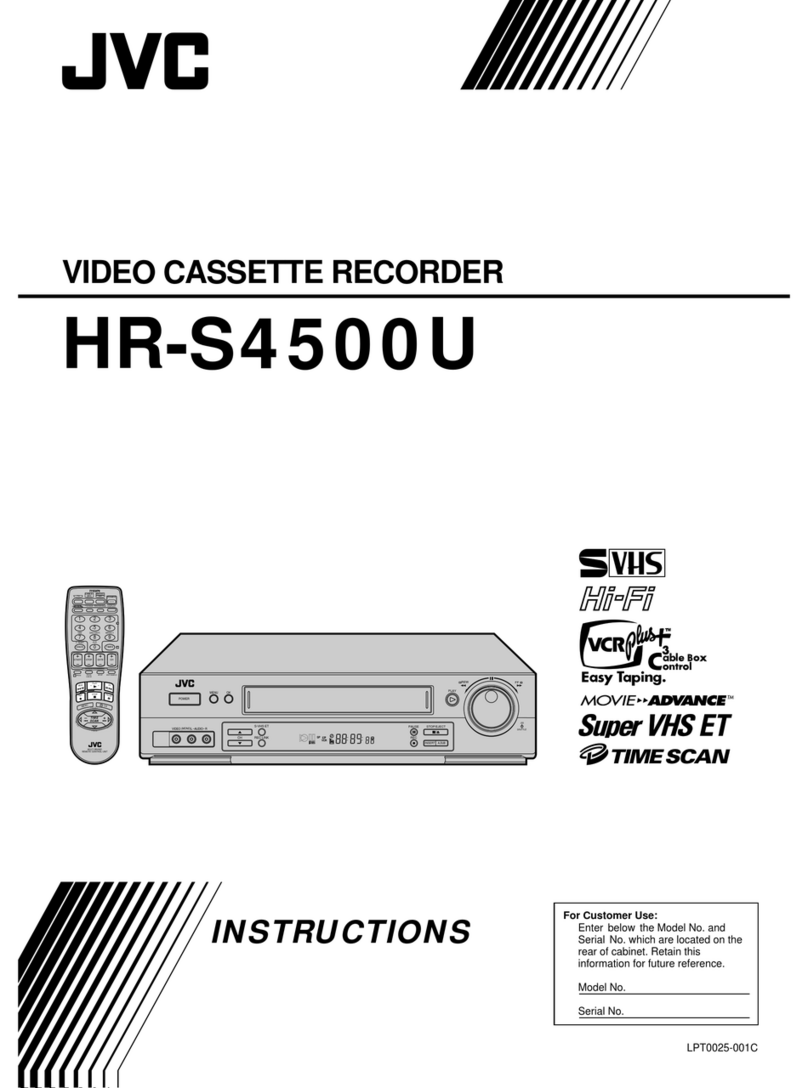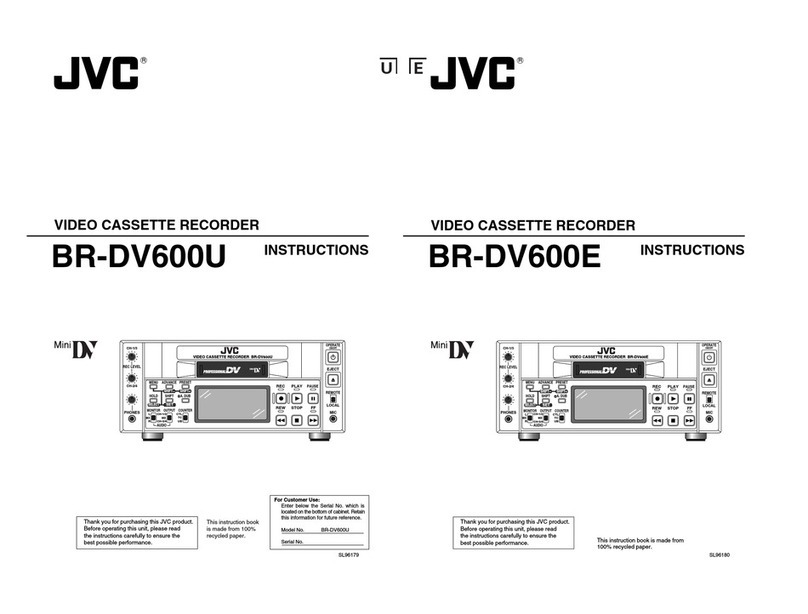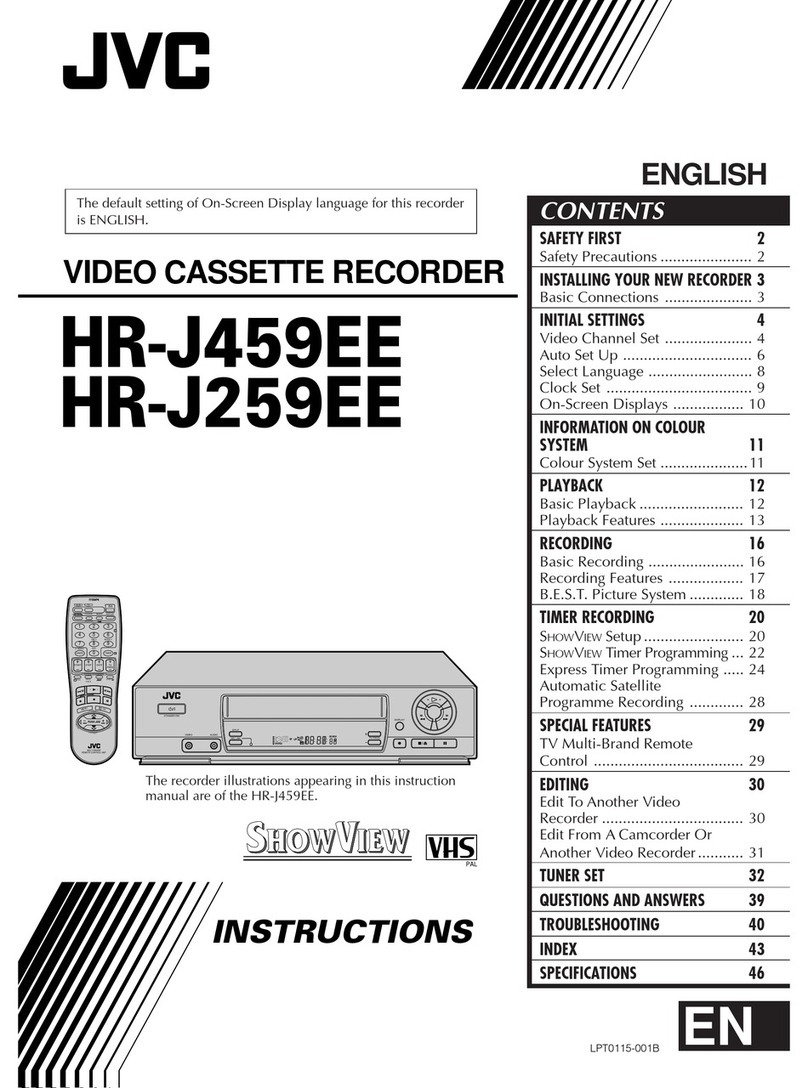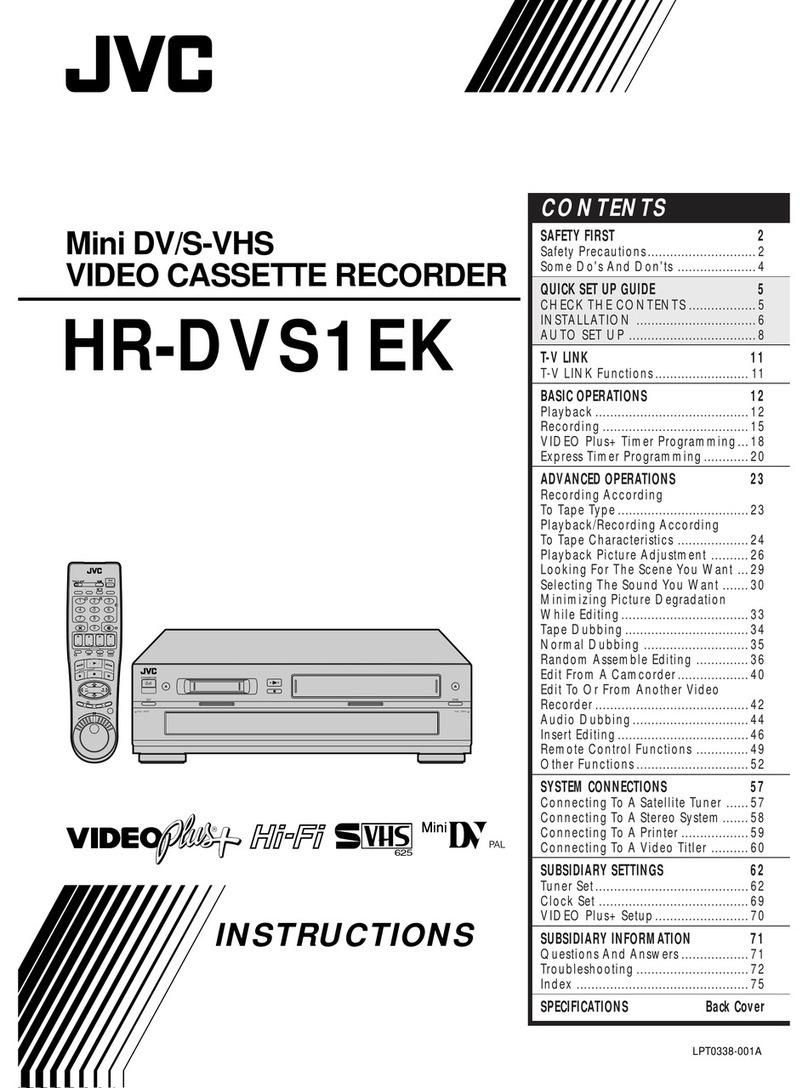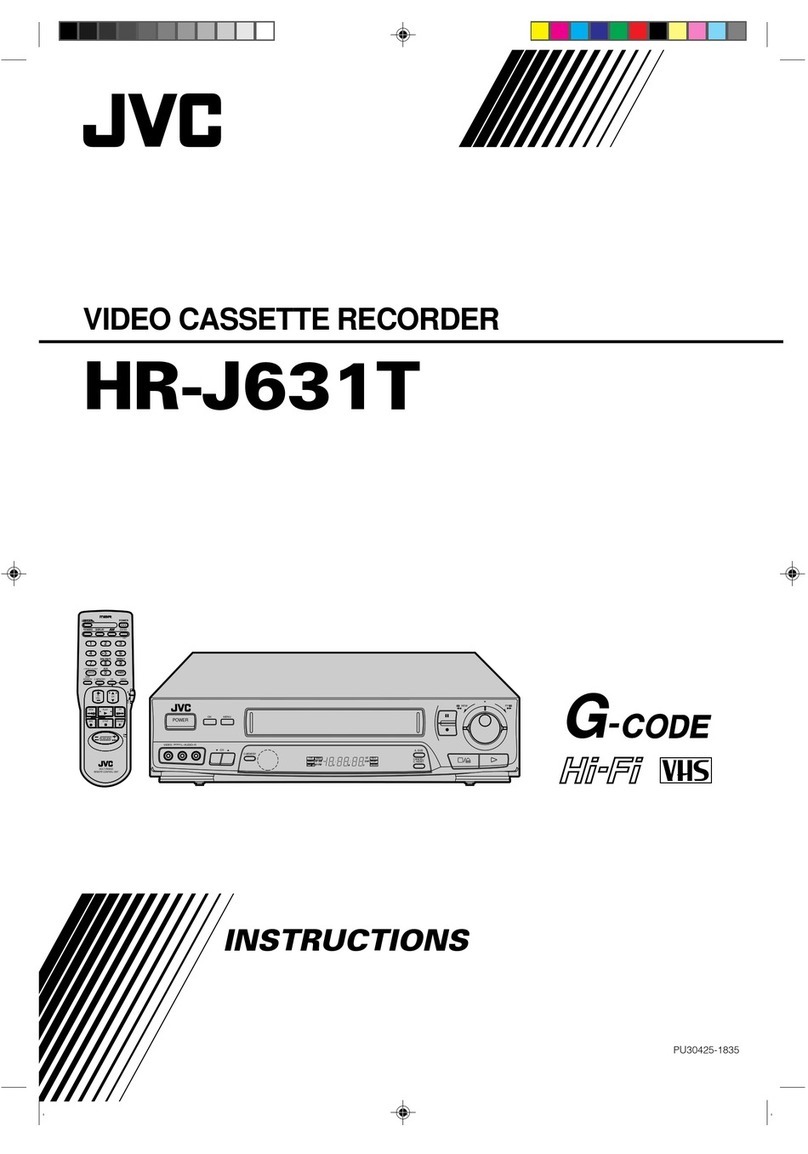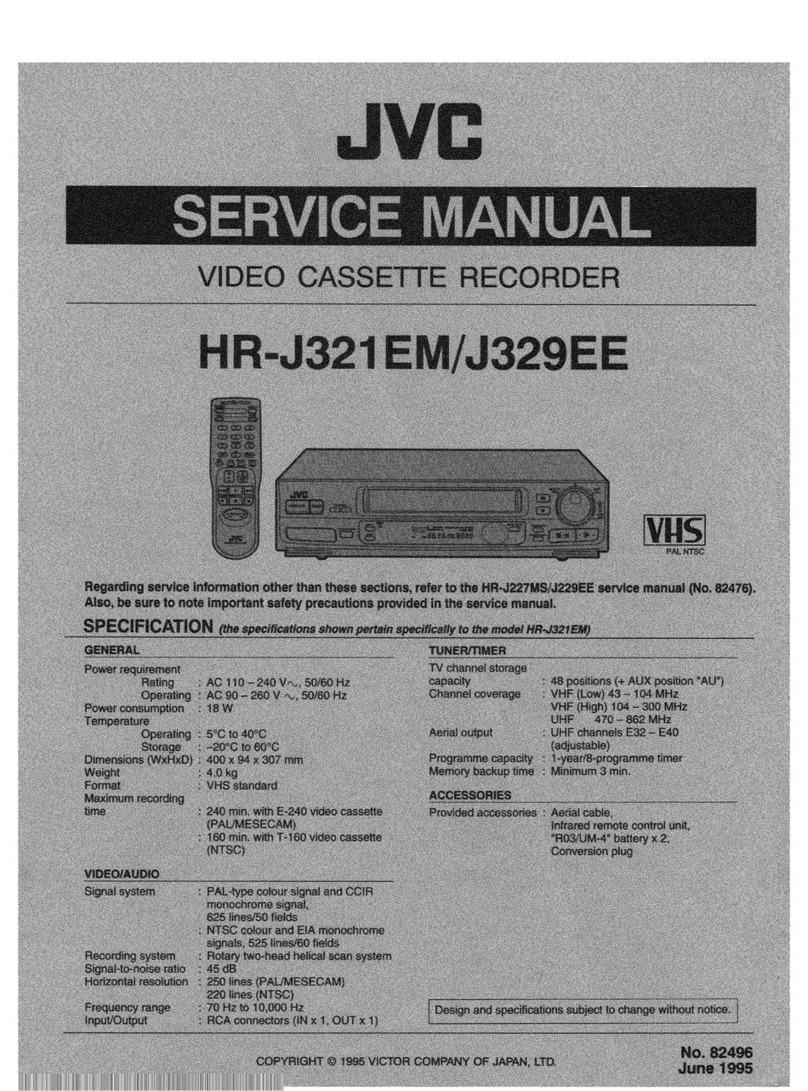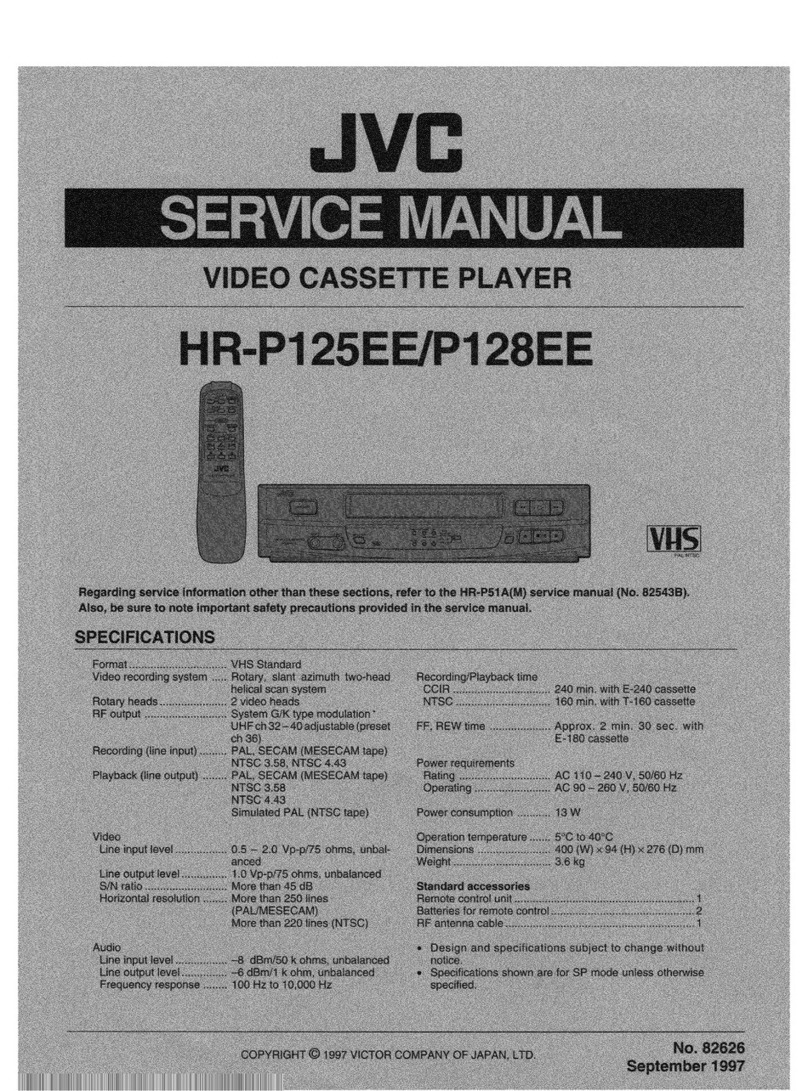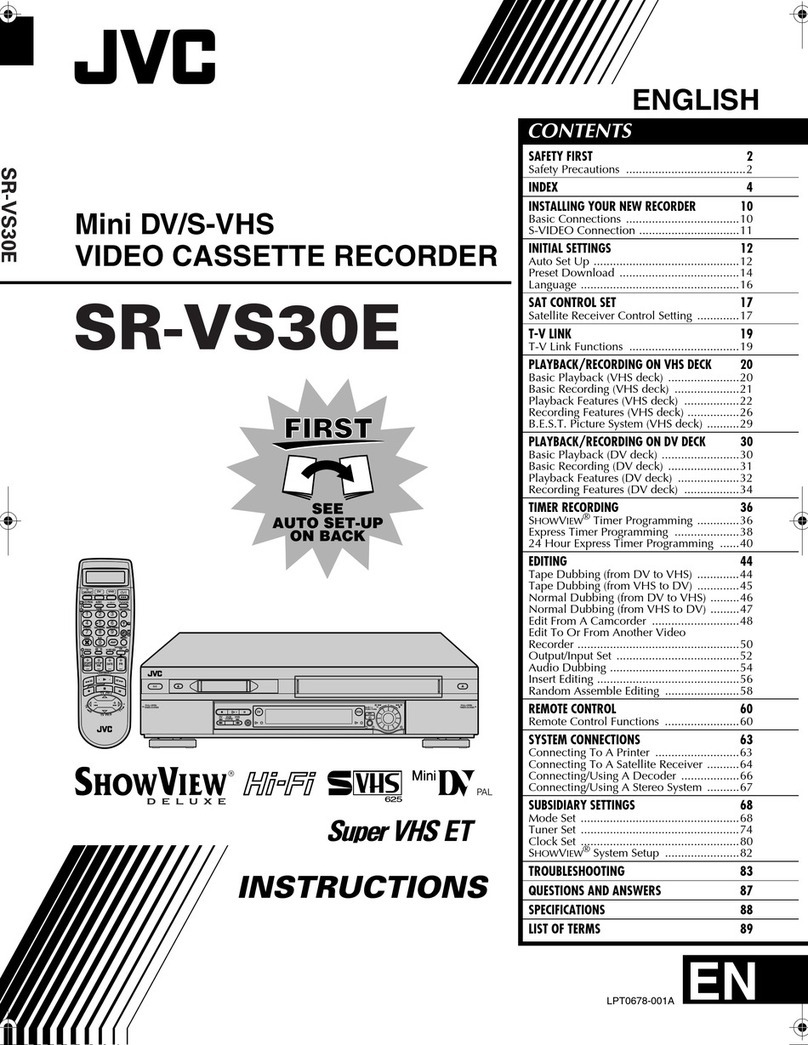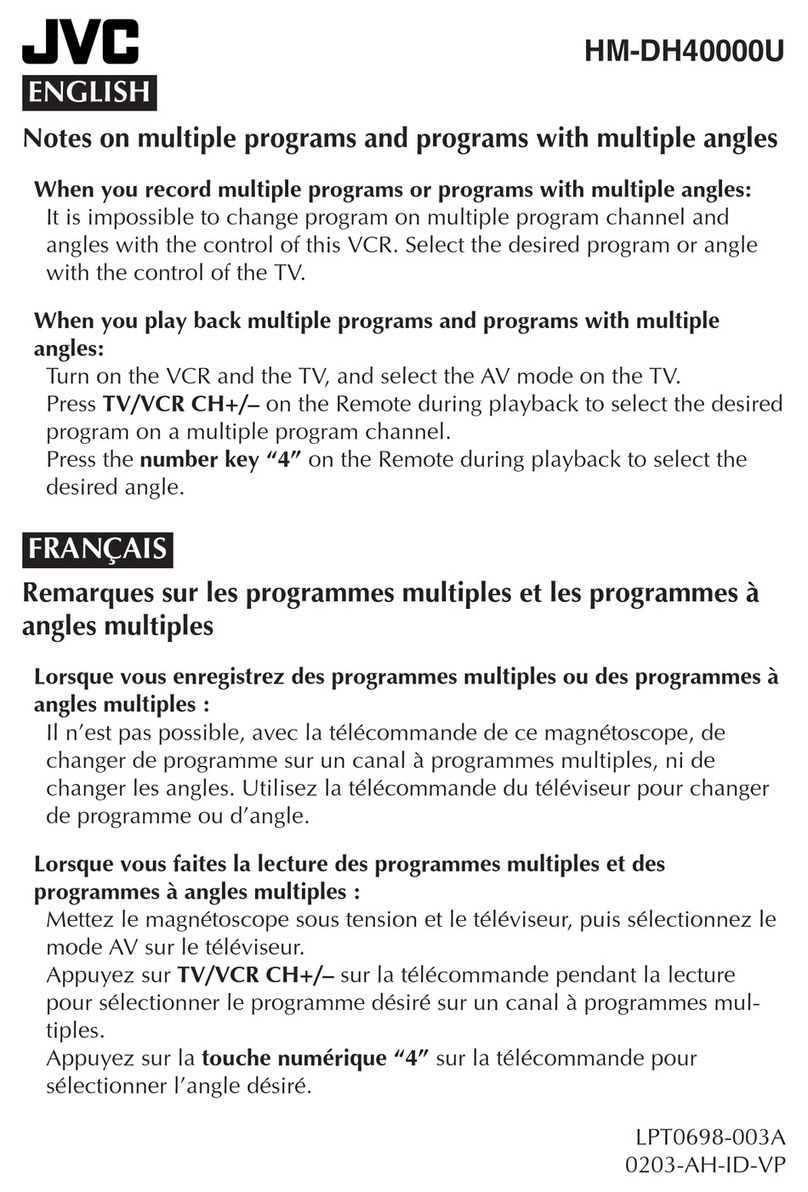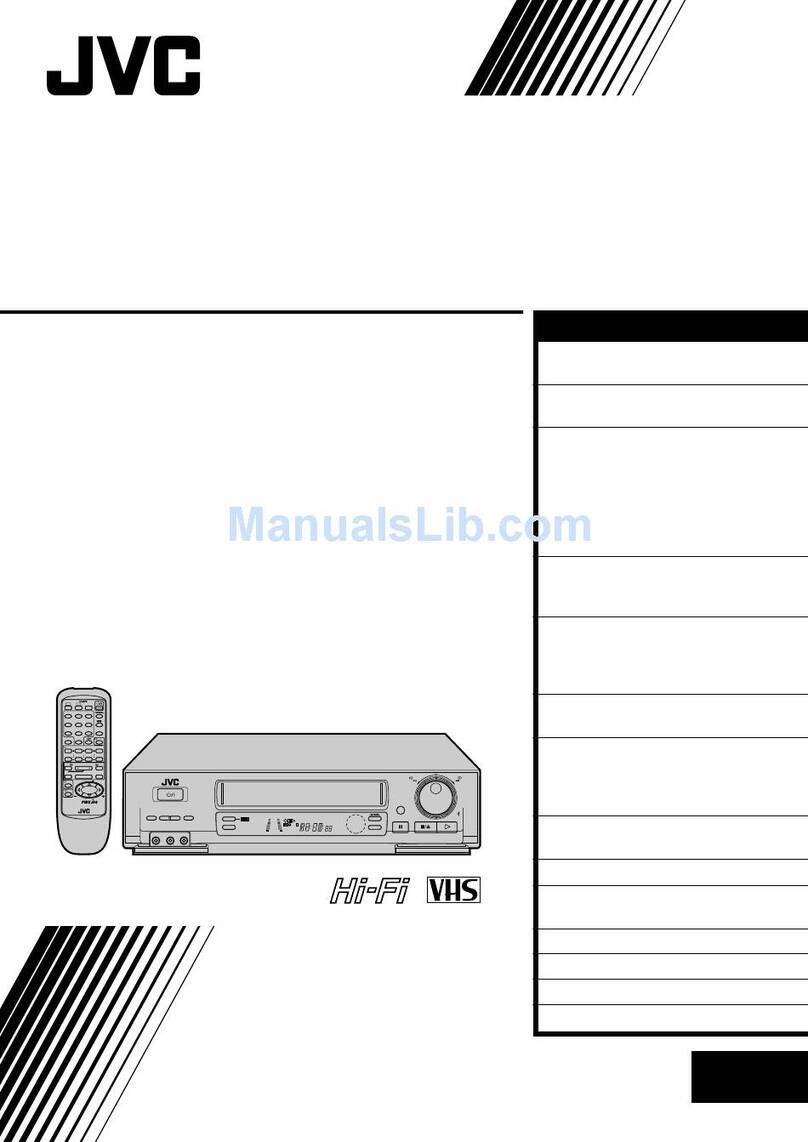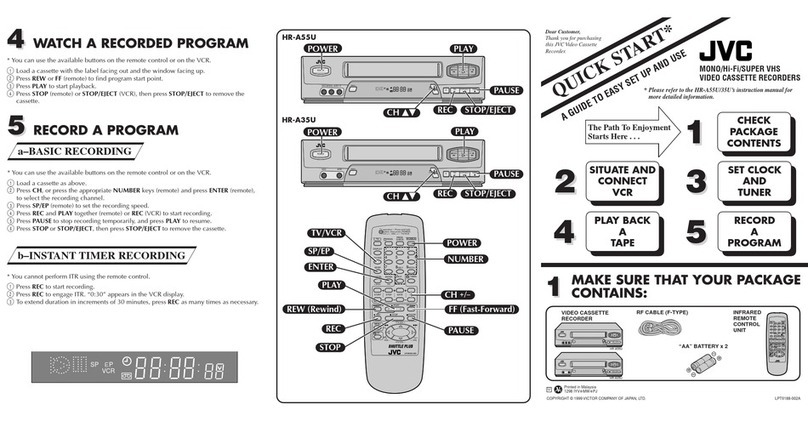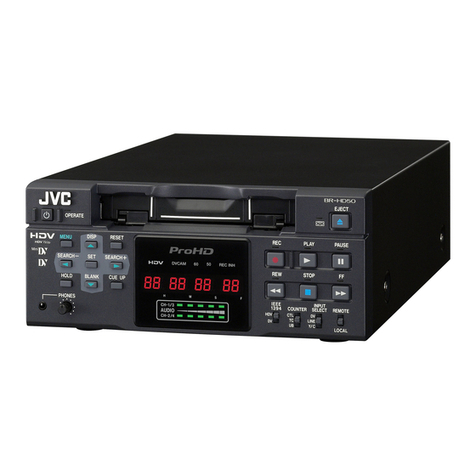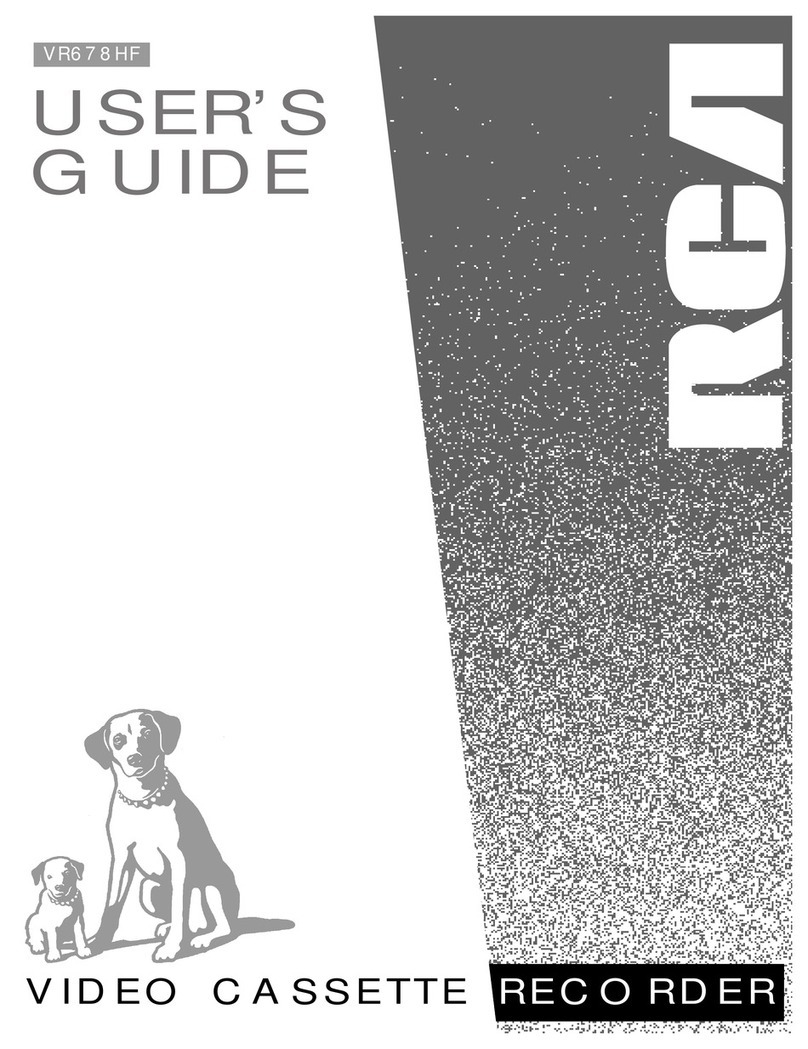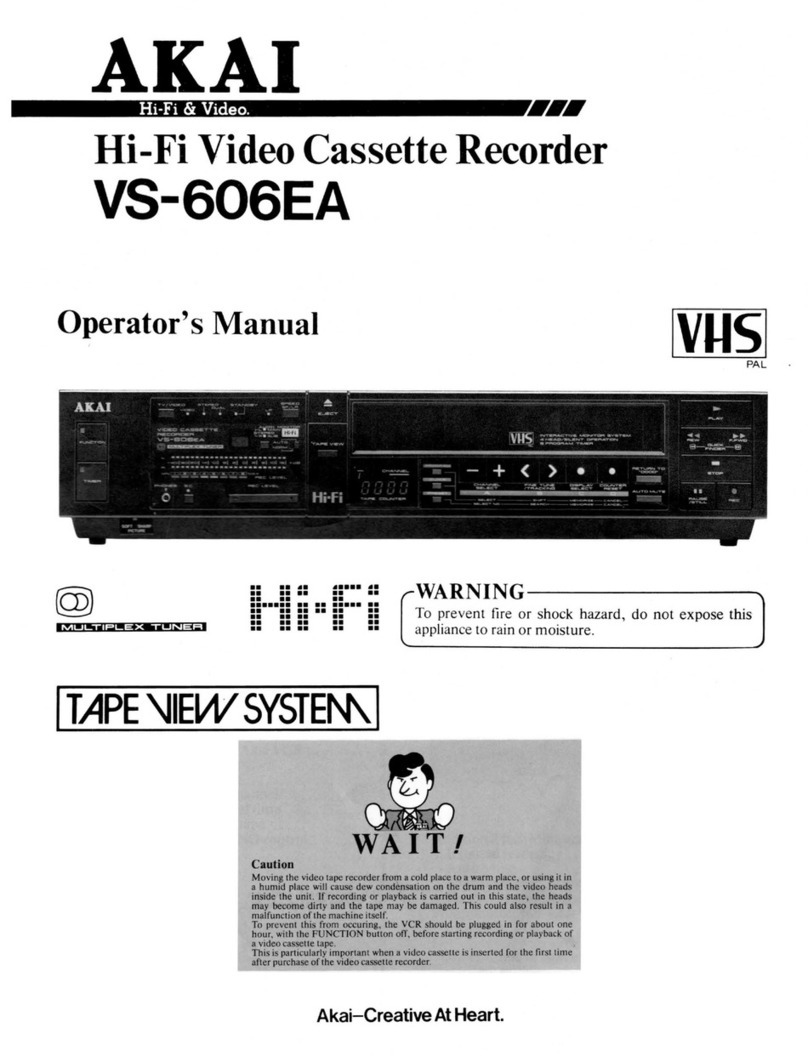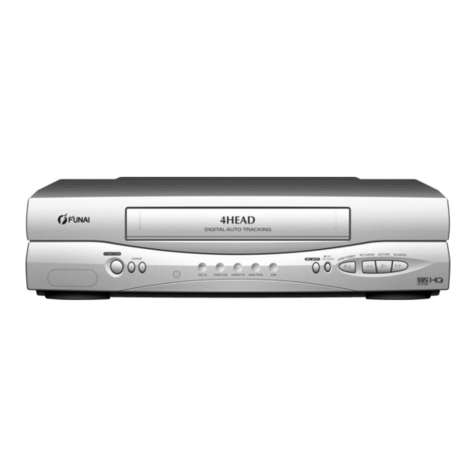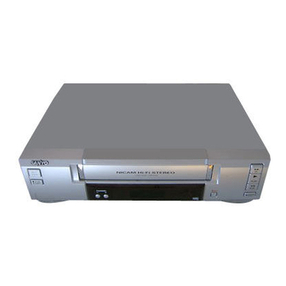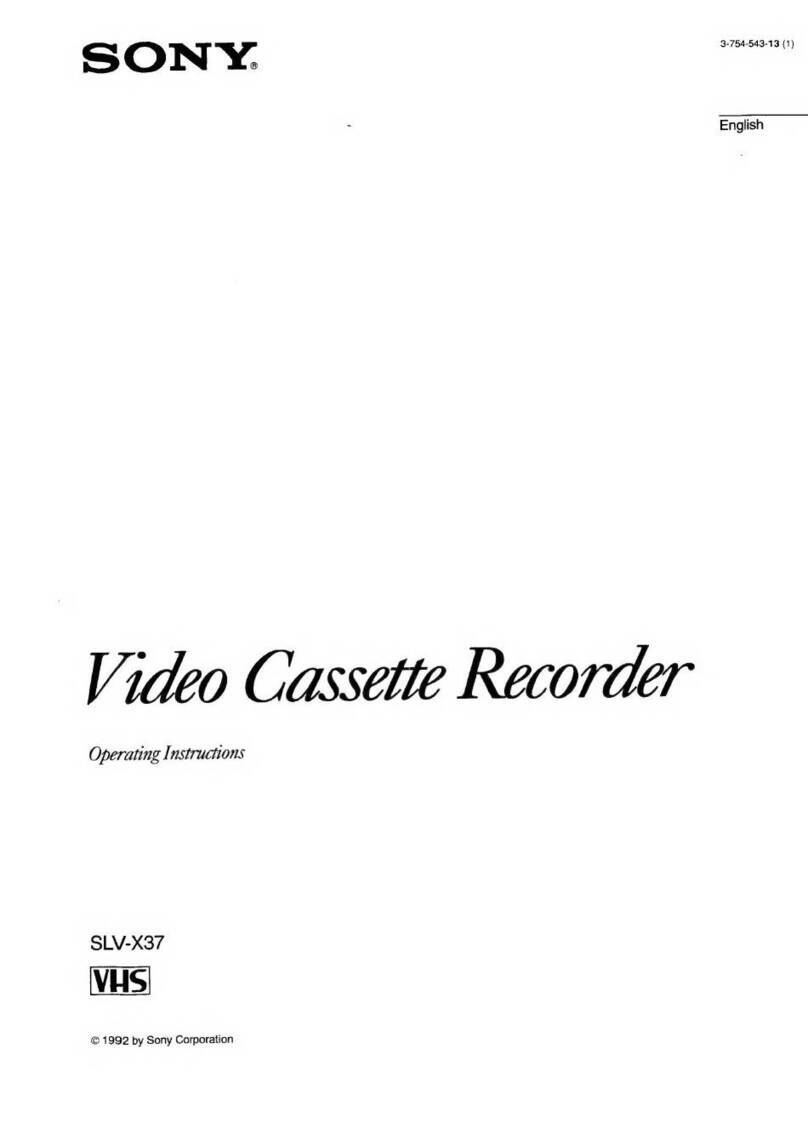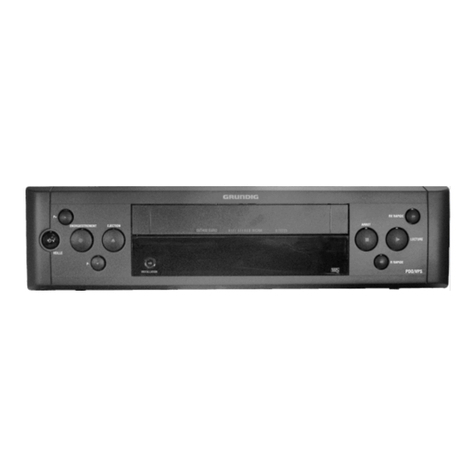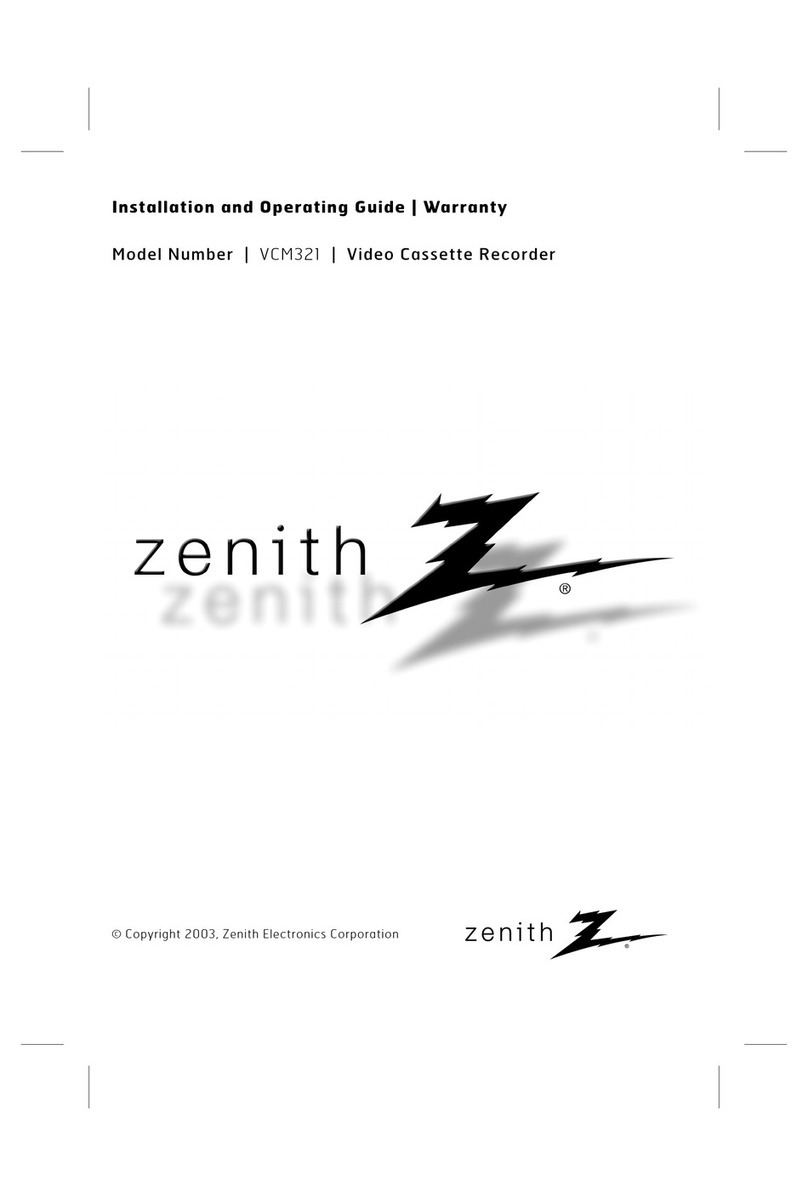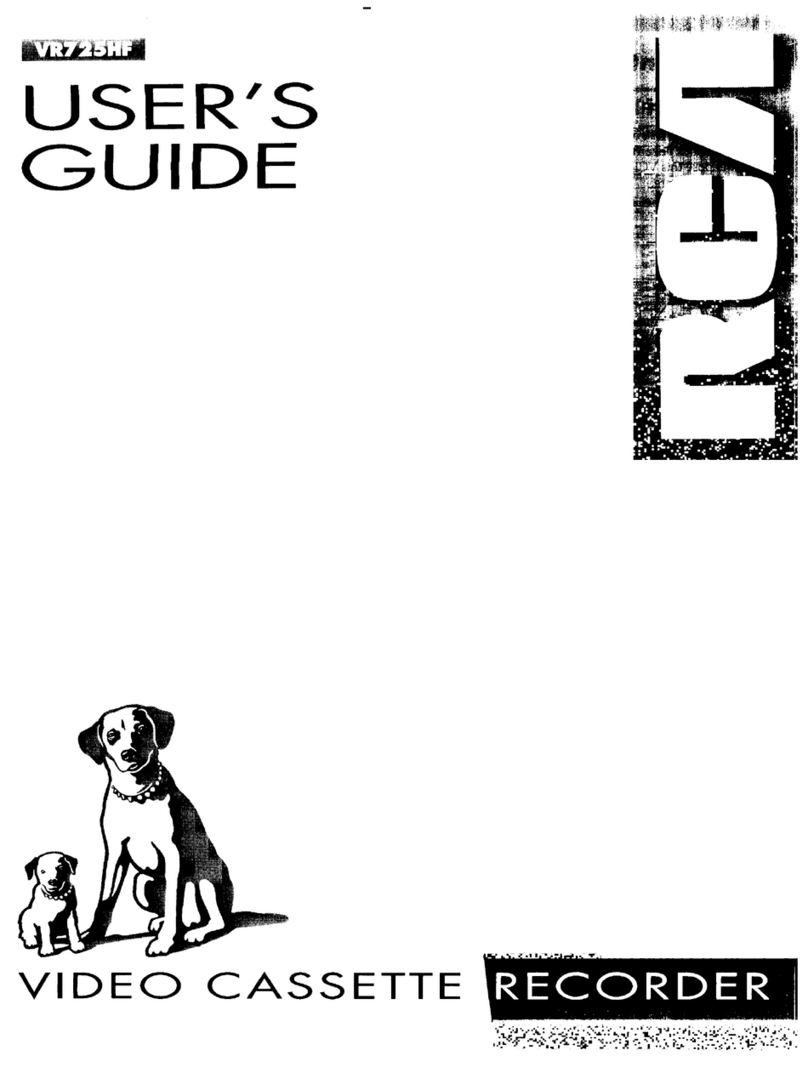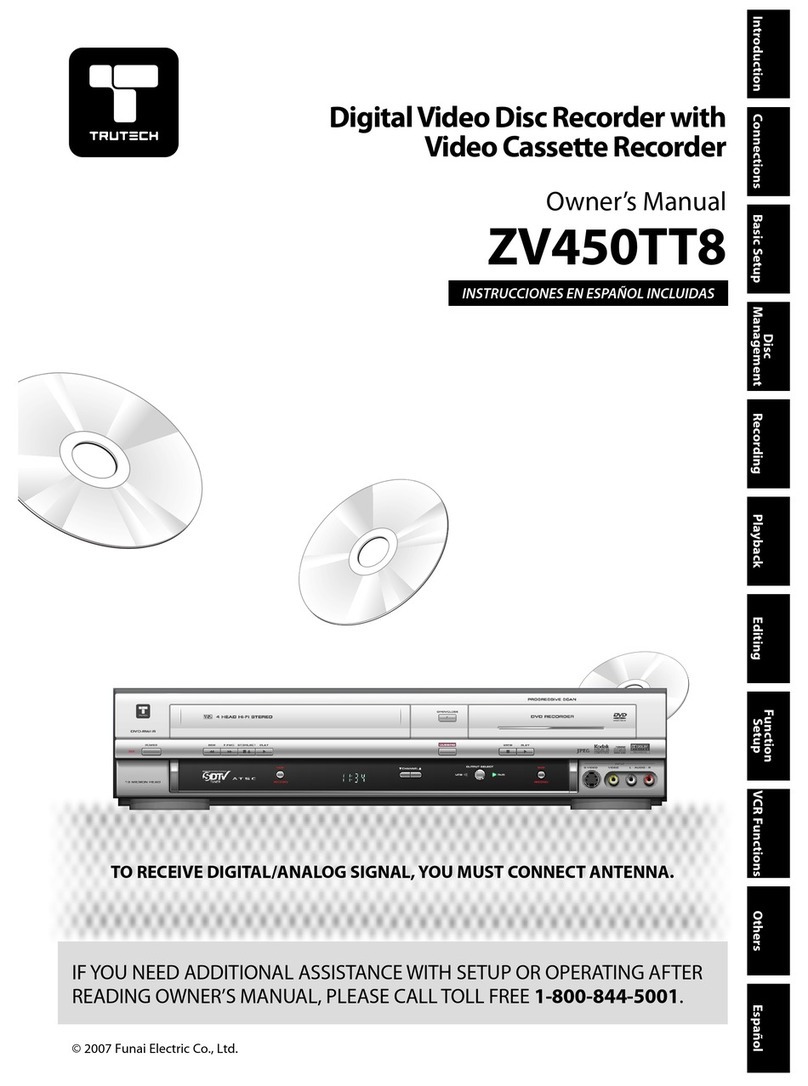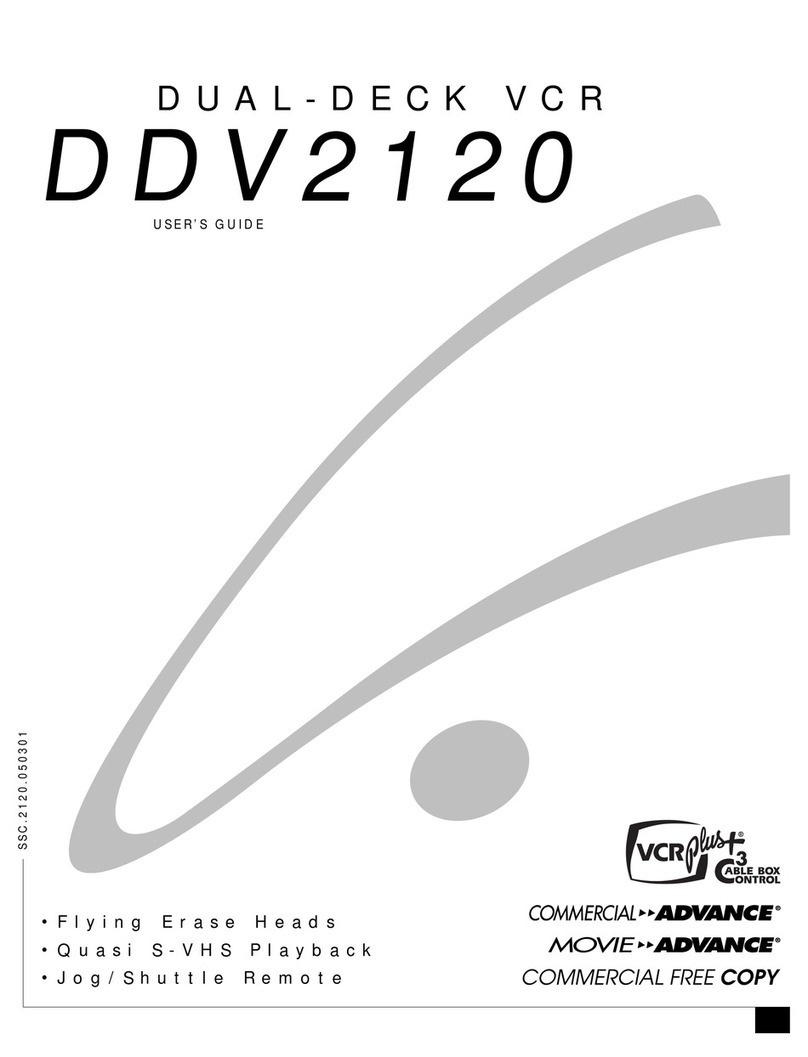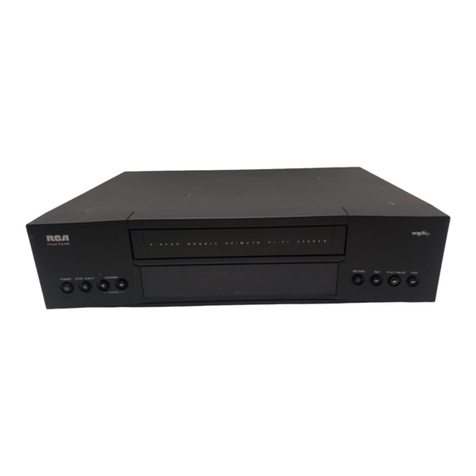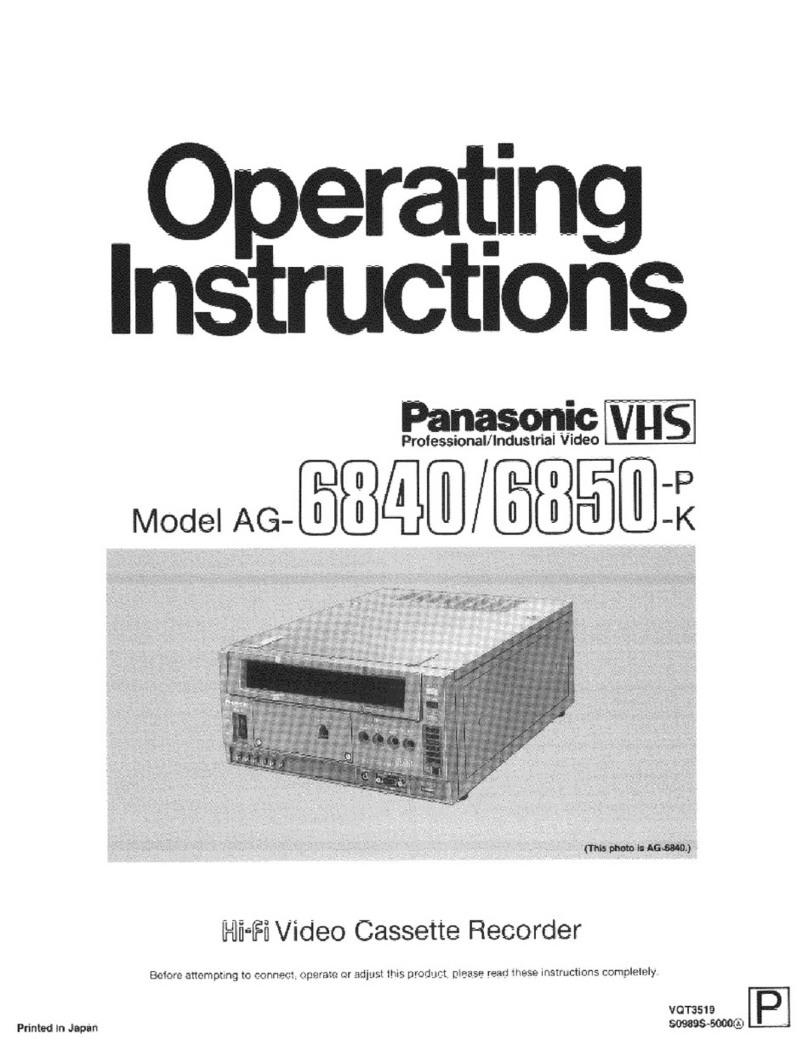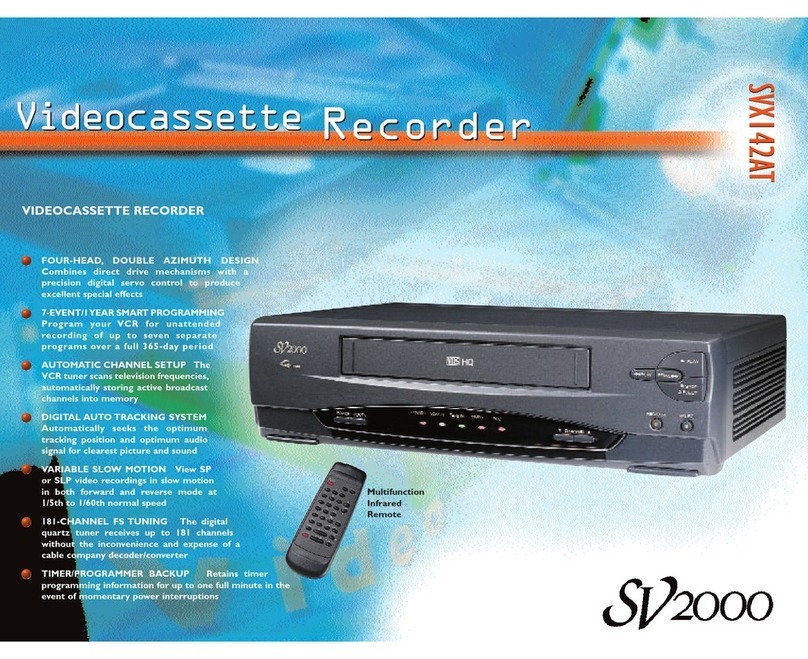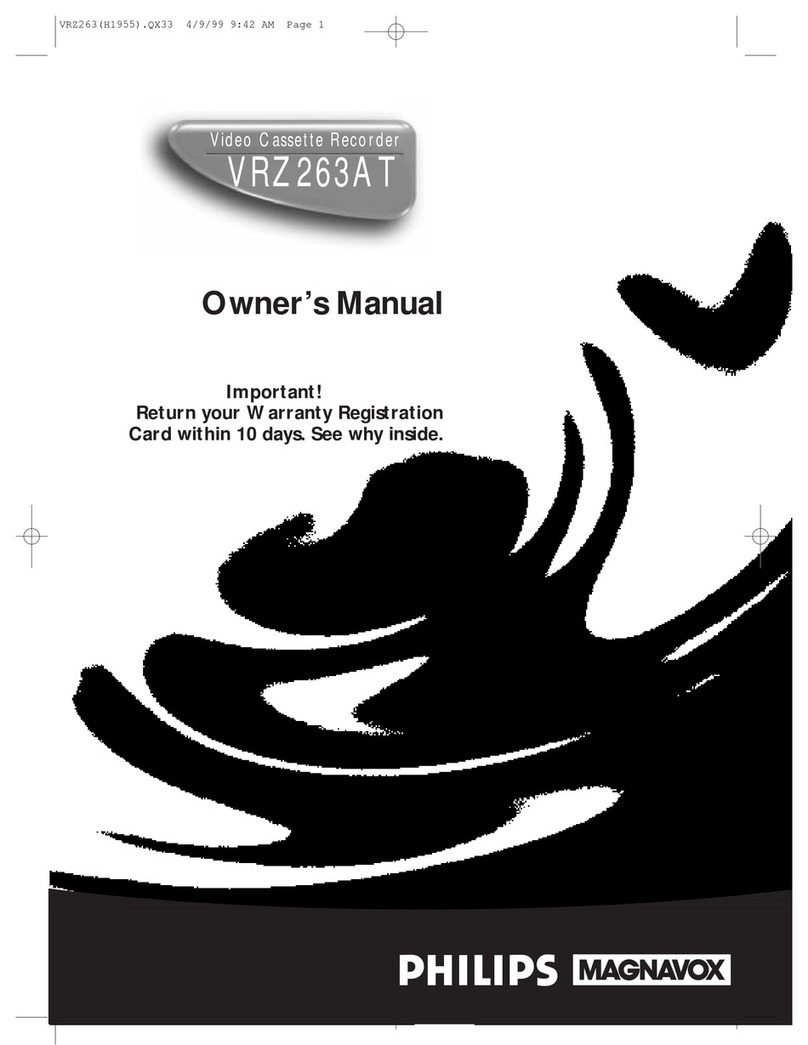
TABLE OF CONTENTS
Section Title Page Section Title Page
DIFFERENT TABLE ........................................................................... 1 to 2
2. MECHANISM ADJUSTMENT
2.1 Before starting repair and adjustment...........................................2-1
2.1.1Precautions ...................................................................................2-1
2.1.2Checking for proper mechanical operations .................................2-1
2.1.3Manually removing the cassette tape ...........................................2-1
2.1.4Jigs and tools required for adjustment ..........................................2-2
2.1.5Maintenance and inspection .........................................................2-3
2.2 Replacement of major parts..........................................................2-6
2.2.1Before starting disassembling
(Phase matching between mechanical parts) .........................2-6
2.2.2How to set the “Mechanism assembling mode” ............................2-6
2.2.3Cassette holder assembly ............................................................2-6
2.2.4Pinch roller arm assembly ............................................................2-8
2.2.5Guide arm assembly and press lever assembly ...........................2-8
2.2.6A/C head .......................................................................................2-8
2.2.7Loading motor ...............................................................................2-8
2.2.8Capstan motor ..............................................................................2-9
2.2.9Pole base assembly (supply or take-up side) ...............................2-9
2.2.10 Rotary encoder .....................................................................2-10
2.2.11 Clutch unit .............................................................................2-10
2.2.12 Change lever assembly,direct gear,clutch gear
and coupling gear .................................................................2-10
2.2.13 Link lever...............................................................................2-11
2.2.14 Cassette gear,control cam and worm gear ........................... 2-11
2.2.15 Control plate..........................................................................2-11
2.2.16 Loading arm gear (supply or take-up side)
and loading arm gear shaft ...................................................2-12
2.2.17 Take-up lever,take-up head and control plate guide .............2-13
2.2.18 Capstan brake assembly ......................................................2-13
2.2.19 Sub brake assembly (take-up side) ......................................2-13
2.2.20 Main brake assembly (take-up side),
reel disk (take-up side) and
main brake assembly (supply side).......................................2-13
2.2.21 Tension brake assembly, reel disk (supply side)
and tension arm assembly ....................................................2-14
2.2.22 Idler lever, idler arm assembly ..............................................2-14
2.2.23 Stator assembly ....................................................................2-14
2.2.24 Rotor assembly .....................................................................2-14
2.2.25 Upper drum assembly...........................................................2-15
2.3 Compatibility adjustment.............................................................2-16
2.3.1FM waveform linearity.................................................................2-16
2.3.2Height and tilt of the A/C head ....................................................2-17
2.3.3A/C head phase (X-value) ..........................................................2-17
2.3.4Standard tracking preset.............................................................2-18
2.3.5Tension pole position ..................................................................2-18
4. CHARTS AND DIAGRAMS
4.1 MAIN (SYSCOM) AND LT BATTERY
SCHEMATIC DIAGRAMS .......................................................4-1
4.2 MAIN CIRCUIT BOARD
(MAIN PWB LPB10130-001C) [HR-J4008UM].............................4-3
4.3 MAIN CIRCUIT BOARD
(MAIN PWB LPB10130-001D) [HR-J3008UM].............................4-5
5. PARTS LIST
5.1 PACKING AND ACCESSORY ASSEMBLY <M1> ........................5-1
5.2 FINALASSEMBLY <M2>..............................................................5-2
5.3 MECHANISM ASSEMBLY <M4> ..................................................5-4
5.4 ELECTRICAL PARTS LIST ..........................................................5-6
MAIN BOARD ASSEMBLY <03> ..................................................5-6
A/C HEAD BOARD ASSEMBLY <12>. .......................................5-10
LOADING MOTOR BOARDASSEMBLY <55> ..........................5-10
LT BATTERY BOARDASSEMBLY <93>
[HR-J4008UM] .......................................................................510
The following table indicate main different points between models HR-A37U,HR-J3008UM and HR-J4008UM.
PACKING AND ACCESSORY ASSEMBLY <M1>
REF
NO.
!MODEL HR-A37U HR-J3008UM
ITEM
301 PACKING CASE LP30836-006A LP30836-017A LP30836-015B
306 REMOTE CONTROL UNIT LP20878-001A LP20878-002A
306A COVER(BATTERY) LP40610-001A LP40610-002A
!309 LITHIUM BATTERY ––– ––– PECA0903
!310 INST. BOOK(EN) LPT0497-001A ––– LPT0533-001A
!310 INST. BOOK(SP) ––– LPT0532-001A LPT0533-002A
311 POLY BAG ––– QPC02503530P
!313 CONVERSION PLUG ––– ––– PEMC1012
317 REGIST. CARD BT-51020-2 ––– –––
320 CONNECTION SHEET ––– PU36560-2
HR-J4008UM
Note: Mark is same as left.
1
The following table indicate main different points between models HR-A37U,HR-J3008UM and HR-J4008UM.
MODEL HR-A37U HR-J3008UM
ITEM
POWER VOLTAGE 120V, 60HZ110-220V, 50/60HZ
POWER PLUG UL, CSA SASO
COSMETIC/COLOR MOLD-DARK GRAY PAINT-Pure SILVER
RCU TYPE / COLOR U1 / MOLD BLACK E1 / PAINT SILVER
INSTRUCTION / LANGUAGE 1 SHEET / ENG YES / SPA YES / SPA, ENG
PLUG ADAPTER NOT USED SASO CEE
LITHIUM BATTERY NOT USED CR2025
HEAD CLEANER NOT USED USED
SHUTTLE SERCH(LATCH) SPX7, EPX21 SPX7, EPX21(X21)
B.E.S.T. PICTURE AUTO PICTURE A.V. CALIBRATION
AUTO CH PRESET USED (P&P) USED
BACKUP TIME NOT USED 6 MONTHS(LI BATT.)
TIMER PROGRAM BACKUP
PERMANENT PROGRAM
NOT USED
SUMMER TIME ADJUST USED NOT USED
AUTO CLOCK / JUST CLOCK USED NOT USED
REC RESUME NOT USED USED
LANGUAGE[INITIAL] [ENG], SPA, FRE [SPA], ENG
HR-J4008UM
Note: Mark ––– is not used.
Mark is same as left.
